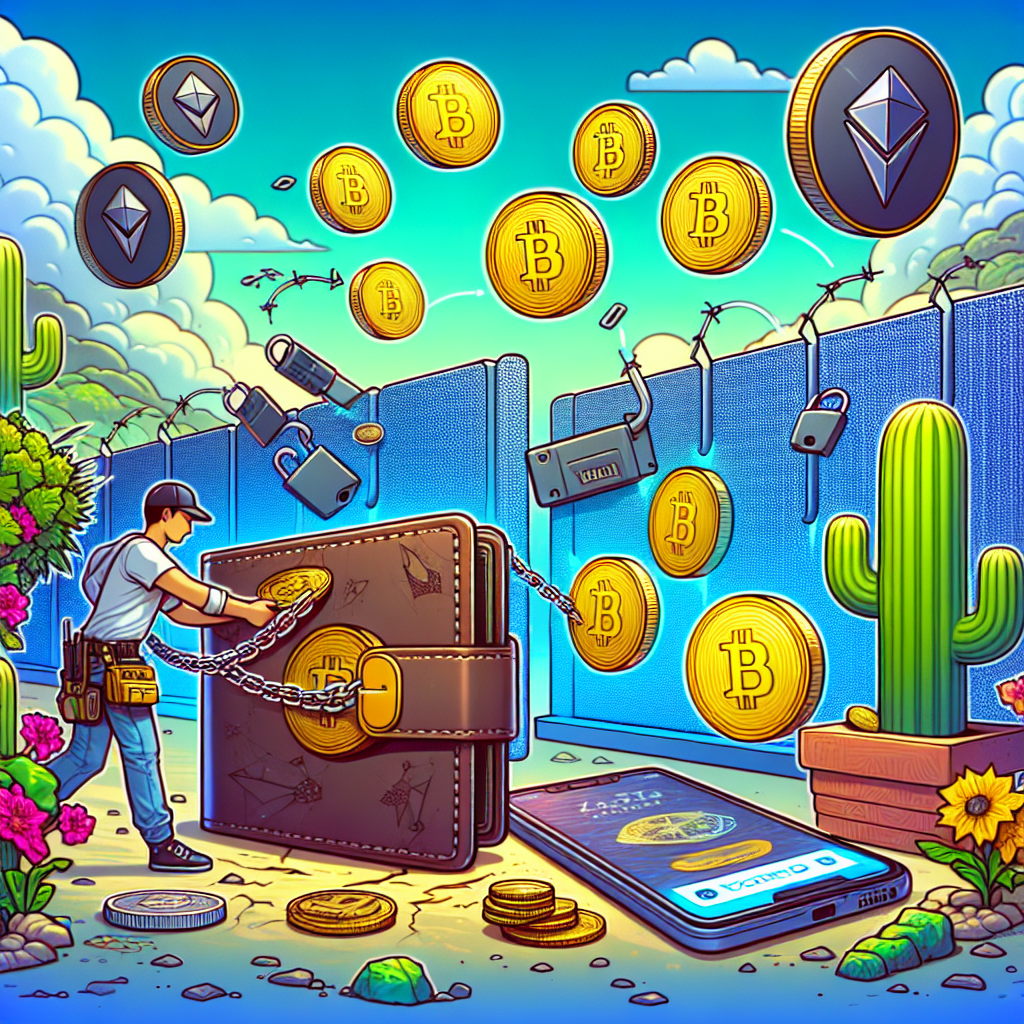Investors' enthusiasm for airdrops and other incentives has significantly boosted the total value locked (TVL) on the TON Network.
3 min read
Investors’ enthusiasm for airdrops and other incentives has significantly boosted the total value locked (TVL) on the TON Network. But the critical question remains: how sustainable is this strategy? Toncoin (TON) serves as the native cryptocurrency for The Open Network, a layer-1 blockchain originally developed by the Telegram messaging app. With Telegram’s vast user base of 900 million active users, the TON ecosystem is experiencing rapid growth.
Although relatively new to the decentralized applications (DApps) landscape, the TON Network has outpaced Optimism to rank as the tenth largest blockchain in TVL. Future plans include a Bitcoin bridge and EVM compatibility.
Related: Top 6 Innovative Projects Thriving on TON Blockchain
On June 26, the Bitget crypto exchange and Singapore-based investment firm Foresight Ventures announced a $20 million TON ecosystem fund aimed at supporting early-stage projects and TON-based applications. Bitget previously launched an official Telegram signal trading recommendation bot, allowing group owners to integrate this functionality for free.
Contributing further to TON’s growth is the anticipated launch of the TON applications chain, a layer-2 network on top of the TON blockchain. Announced on July 9 and supported by The Open Platform, this project will utilize Polygon’s technology and offer Ethereum Virtual Machine (EVM) compatibility, simplifying the process for developers to port DApps to the new TON layer-2 solution.
Additionally, the TON Foundation has partnered with 1inch and Sign to launch a Web3 startup accelerator named Triangle, announced on July 10. This initiative focuses on play-to-earn mini-games, following the successful launch of the Telegram-based game Notcoin. Moreover, on July 17, OKX exchange announced the integration of the TON network into its standalone Web3 wallet, enabling users to manage and swap assets using Toncoin’s blockchain.
Related: Success of TON Coin: Growth and Prospects
On July 18, the TON Foundation unveiled its Teleport Bitcoin bridge, which will facilitate integration with TON ecosystem DApps, including decentralized exchanges (DEX) and lending platforms. To ensure security, the TON Network employs measures such as a trustless architecture and a “simplified payment verification client.”
Declining Volumes and Airdrop Frenzy
Despite the apparent success, some of TON Network’s top DApps are struggling to maintain volumes. DeDust and Ston Fi, the most successful DApps in terms of TVL, hold $383 million and $301 million in deposits, respectively. However, in the week ending July 19, DeDust saw a 63% drop in volumes, while Ston Fi experienced a 38% decrease. The increase in unique active addresses, a measure of user engagement with DApps, has been driven largely by airdrop expectations for mini-games like CatizenAI and Yescoin.
Related: Exploring the Potential of The Open Network (TON)
Beyond the excitement of new play-to-earn DApps, decentralized finance applications like DeDust and Ston Fi are seeing mixed results. DeDust had 19% fewer weekly users, while Ston Fi only saw a 4% increase. There has also been criticism regarding the token allocation in newly launched projects such as Pixelverse, with users complaining about bot incentives and a lack of vesting information.
The sustainability of these airdrops and token launches is yet to be determined, as the TON ecosystem is still in its early stages. The demand for TON will largely depend on the growth and management of its DApps ecosystem.











